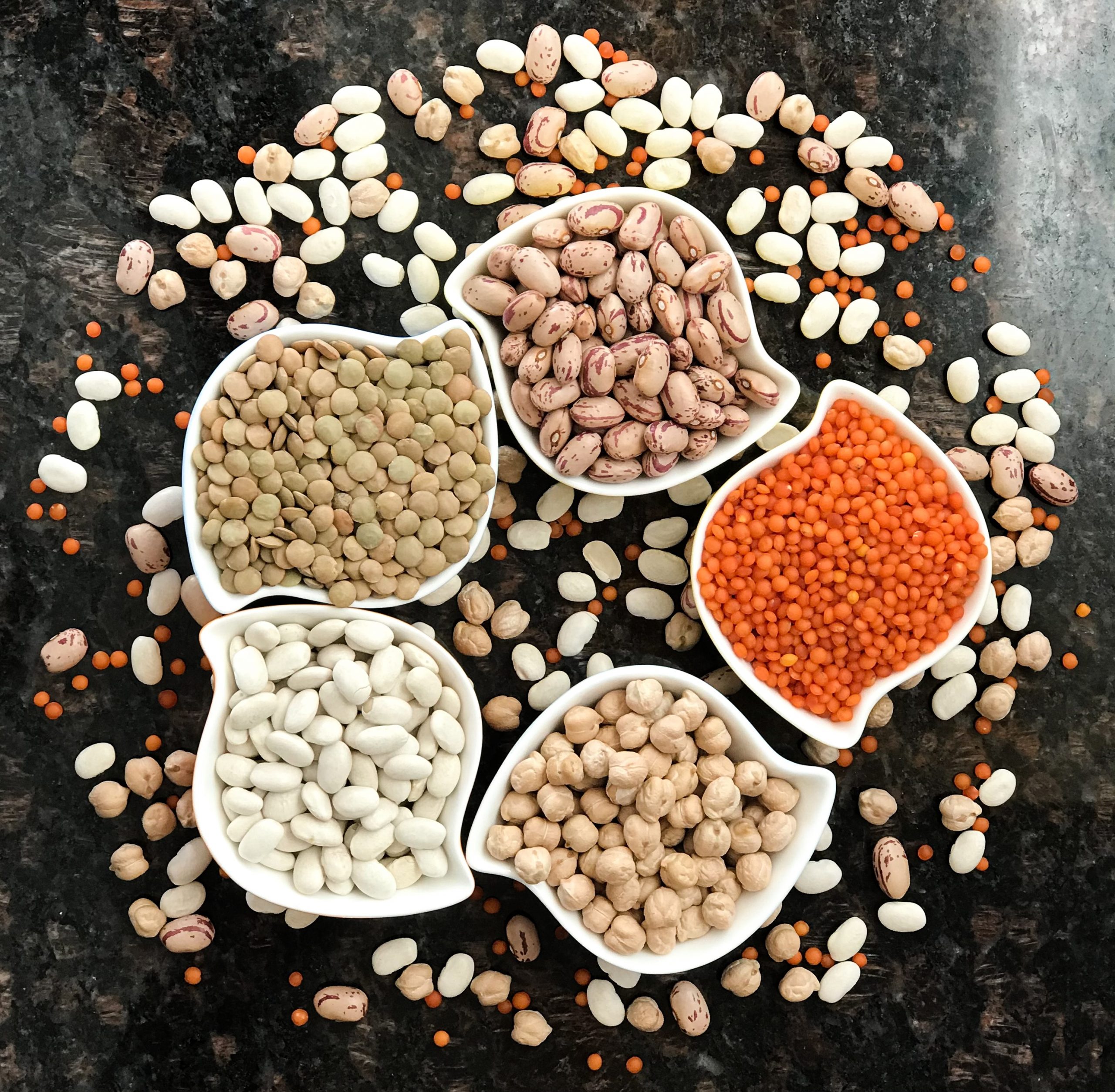No matter what you want to call them, they each are a part of our plant food family! Even though beans, legumes, and pulses are used interchangeably, they do have distinct meanings.
Did you know?
A legume refers to the entire plant: leaves, stems, and pods. A pulse is the edible seed that is typically inside the pod, which includes beans, lentils, and peas.
Legumes are an incredible source of plant protein. Just ½ cup of kidney beans packs in more than 7 grams of protein and a ½ cup of lentils has 9 grams! And think about their versatility. Try tossing them into a soup, pureeing them into a dip or spread, mixing them into a salad, or adding them to your favorite grain for a hearty side dish.
Of course, legumes can be canned or dried. Canned beans could be high in sodium so make sure to drain and rinse well. This can reduce the salt content up to 60%. Scared of using dried beans? Don’t be! Here are some tips for cooking up your own!
Stovetop Beans
1. Rinse the beans well.
2. Soak the beans in hot water on the counter for at least 4 hours (10 cups of water for every 2 cups of beans).
3. Rinse and drain the beans then add them to a pot with 6-8 cups of fresh water.
3. To cook, simmer the beans for 30 minutes to two hours depending on the type of bean (see the “Guide to Cooking Beans” link below).
Crockpot Beans
1. Rinse the beans well.
2. Soak the beans in hot water on the counter for at least 4 hours (10 cups of water for every 2 cups of beans).
3. Rinse and drain the beans then add them to a crockpot with 6-8 cups of fresh water.
4. Cook on low for 6-8 hours depending on the type of bean (see the “Guide to Cooking Beans” link below).

